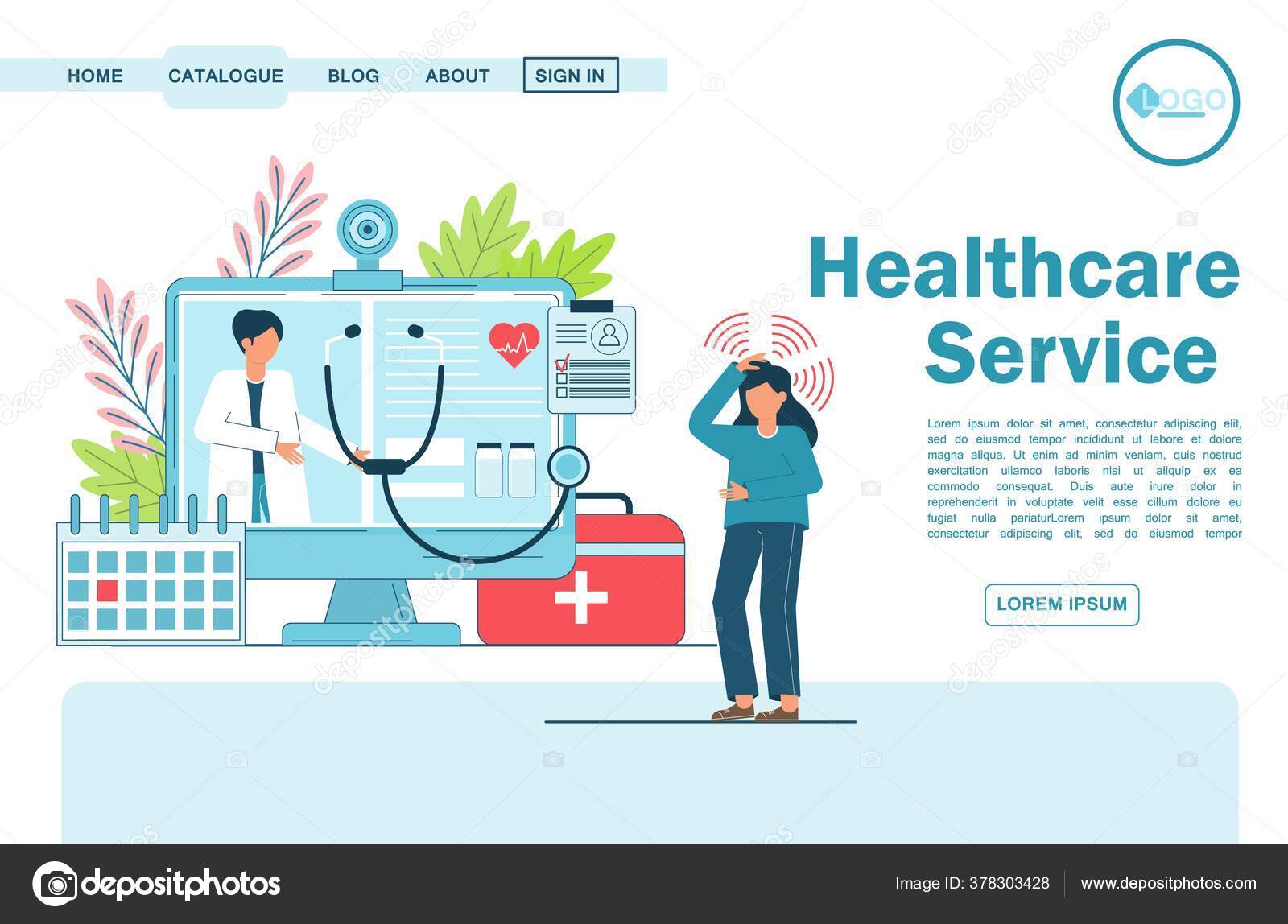Recognizing the Price Savings of Subscription Based Healthcare for Families
Recognizing the Price Savings of Subscription Based Healthcare for Families
Blog Article
Understanding the Cost-Effectiveness of Subscription-Based Healthcare Designs
As the medical care landscape develops, subscription-based models emerge as an engaging alternative, promising to redefine just how individuals take care of clinical costs. Assessing these versions' cost-effectiveness requires a nuanced contrast with conventional insurance policy, considering both financial ramifications and person fulfillment. While they offer transparency and predictability in prices, inquiries continue to be regarding their capability to satisfy diverse healthcare demands, specifically for specialized therapies. The point of views of health care carriers even more complicate this formula, providing a diverse obstacle. What does the future hold for these designs, and can they truly supply on their assurance of obtainable, affordable care?
Review of Subscription-Based Versions
Subscription-based healthcare versions, often referred to as direct medical care or concierge medicine, are significantly obtaining interest as a prospective option to ineffectiveness within conventional medical care systems. These versions operate the principle of offering clients straight access to doctor via a yearly or monthly fee, bypassing the demand for standard insurance policy devices. This plan aims to simplify patient-provider communications by reducing administrative burdens, which often impede individualized and prompt care.
At the core of subscription-based versions is the focus on a much more customized client experience. Clients gain from enhanced access to their medical professionals, often consisting of same-day or next-day visits, expanded consultation times, and direct interaction networks such as phone or video clip telephone calls. This version cultivates an aggressive strategy to health care, where carriers and clients can collaboratively concentrate on preventative care and chronic illness management.

Expense Comparison With Typical Insurance Coverage

One of the main financial benefits of registration versions is transparency in costs. Patients pay a foreseeable cost, which can streamline budgeting and economic planning. Additionally, these designs usually eliminate co-pays and deductibles for covered solutions, lowering out-of-pocket costs. Conversely, traditional insurance coverage may be extra useful for individuals needing specialized treatment or expensive therapies not covered under a membership model, as they take advantage of the broader coverage network and cost-sharing devices.
Nonetheless, cost-effectiveness is context-dependent. While membership designs could offer cost savings for those primarily needing medical care, individuals with chronic problems or specialized health care needs could discover traditional insurance more detailed. Consequently, reviewing specific health care demands and potential use is important in establishing the most affordable option for individuals.
Impact on Person Complete Satisfaction
Patient complete satisfaction within subscription-based healthcare versions typically mirrors a considerable enhancement over traditional insurance coverage systems. Unlike typical systems, where people may experience delays in receiving care, subscription-based models make sure even more straight and timely communications with medical care companies.
In addition, the openness in expenses connected with subscription-based health care minimizes the typical stress connected to unanticipated fees and complex payment procedures seen in typical insurance (subscription based healthcare). Individuals value knowing the precise monetary commitment upfront, resulting in raised trust fund and self-confidence in their medical care management
Furthermore, the focus on preventive care and health in membership models contributes to boosted health and wellness outcomes, better improving individual satisfaction. By concentrating on continuous health maintenance as opposed to anecdotal care, people experience a more all natural and constant health care trip.
Moreover, the improved provider-patient partnership cultivated in these designs, characterized by even more time spent per patient and tailored interest, plays an essential role in boosting client satisfaction levels, as patients really feel genuinely taken care of and understood.
Company Experiences and perspectives
From the supplier's point of view, subscription-based health care models use a transformative technique to providing clinical solutions. These models highlight a aggressive and preventative healthcare technique, allowing companies to concentrate look at this site on extensive person care without the restraints of conventional fee-for-service arrangements (subscription based healthcare). This shift in emphasis usually causes enhanced patient end results and boosted provider satisfaction, as healthcare specialists can allocate even more time and resources to person engagement and individualized care plans
Additionally, registration models help with foreseeable income streams, which improve monetary stability for healthcare companies. This predictability permits improved source planning and allocation, adding to a much more effective health care distribution system. Companies can buy staff training, modern technology, and infrastructure enhancements, therefore improving the high quality of care supplied.
Nonetheless, the shift to subscription-based versions is not without difficulties. Suppliers have to adjust to brand-new operational frameworks, which can entail considerable adjustments in payment techniques and patient management systems. Furthermore, there is a fundamental requirement for durable data management to track individual results and make certain quality treatment. Despite my blog these obstacles, lots of companies locate that the advantages of increased patient communication and structured procedures exceed the initial difficulties, making subscription-based versions an attractive option.
Future Prospects and Difficulties

A primary obstacle is regulatory conformity, as registration models need to follow advancing medical care plans and insurance policy needs. This requires constant adaptation and advancement to make sure placement with lawful criteria. In addition, incorporating these models into existing medical care infrastructures can be intricate, calling for significant investments in technology and training.
There is additionally the prospective threat of creating inequities in health care accessibility, as registration versions may prefer those who can manage them, leaving prone populations underserved. Addressing this calls for thoughtful factor to consider of pricing techniques and subsidy devices to ensure inclusivity.
Conclusion
Subscription-based medical care models provide a sensible choice to standard insurance coverage by supplying financial predictability and transparency, particularly benefiting individuals with chronic conditions or frequent medical care requirements. The cost-effectiveness of these designs is contingent upon specific healthcare use patterns and conditions. While they may enhance person satisfaction and improve budgeting, difficulties continue to be in attending to specialized care demands. Future Read Full Article considerations consist of balancing thorough insurance coverage with affordability and incorporating these designs within the wider healthcare system for optimal results.
Subscription-based health care models, sometimes referred to as direct key treatment or concierge medication, are significantly obtaining attention as a possible service to inadequacies within typical medical care systems. Unlike conventional systems, where clients could experience delays in getting treatment, subscription-based models guarantee even more direct and timely communications with health care companies.
These versions stress a aggressive and preventative medical care approach, enabling service providers to concentrate on comprehensive client treatment without the restraints of traditional fee-for-service plans. As these versions continue to acquire traction, they offer the possible to reinvent patient access to care, simplify solution shipment, and maximize health care investing.Subscription-based medical care designs provide a practical alternative to conventional insurance policy by using monetary predictability and transparency, particularly benefiting individuals with chronic conditions or frequent health care demands.
Report this page